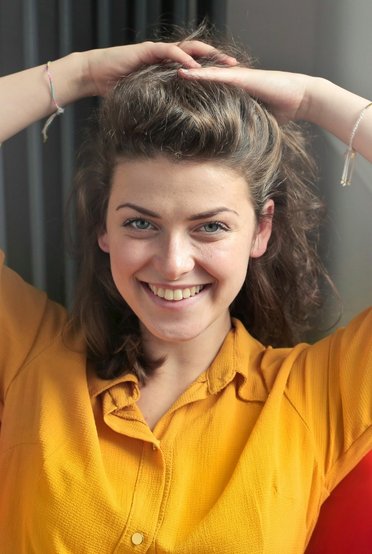Comprehensive Guide to Corneal Cross Linking


Request an Appointment
Corneal cross linking is a minimally invasive procedure designed to strengthen a weakened or irregular cornea. By using a photochemical reaction, this treatment reinforces the corneal structure, helping to halt or slow conditions such as keratoconus. This treatment is a critical option for patients who experience progressive changes in corneal shape that may lead to vision deterioration.
Developed from studies dating back to the late 1990s, corneal cross linking has steadily evolved to become a trusted method for stabilizing the cornea. Our cornea specialist often recommend this procedure when there is clear evidence of progression in corneal ectatic disorders. Associated Eye Physicians & Surgeons of NJ proudly offers eye care at four convenient locations: Belleville serving Essex County, Rahway serving Middlesex and Union Counties, Jersey City serving Hudson County, and Union serving Union County.

With more than 41,000 LASIK surgeries under her belt and a Fellowship from Harvard in Cornea, External Disease, and Refractive Surgery, Dr. Randa M. Garrana is a leading authority in refractive and corneal surgery.
What Is Corneal Cross Linking?
Corneal cross linking (CXL) is a procedure that uses a combination of ultraviolet A (UV-A) light, a photosensitizing agent called riboflavin (vitamin B2), and oxygen to create additional bonds between collagen fibers in the cornea. These new bonds increase the biomechanical strength of the cornea and stabilize its shape.
In essence, the process mimics the natural cross-linking that occurs slowly over a lifetime, but it accelerates the effect to provide timely reinforcement for the cornea. This is especially important for patients with conditions like keratoconus, where the cornea gradually thins and bulges outward, causing significant visual disturbances.




Benefits of Corneal Cross Linking
The primary benefit of corneal cross linking is its ability to stabilize the cornea and arrest the progression of conditions such as keratoconus. These benefits are a key reason our cornea specialist recommend the treatment when appropriate evidence of corneal progression is observed.
Stabilizing the cornea can lead to several key improvements and benefits:
Recovery and Aftercare Guidelines


Scientific Basis of Cross Linking
The cornea is composed of collagen fibers that naturally provide it with shape and firmness. Over time, a natural cross-linking process occurs, which slowly strengthens the connections between these fibers. However, in conditions like keratoconus, the collagen structure weakens, leading to a bulging, irregular corneal surface and progressive vision changes.
Corneal cross linking enhances the natural process by intentionally inducing additional chemical bonds between collagen molecules. Riboflavin, when activated by UV-A light, produces reactive oxygen species that facilitate these new bonds. The result is a cornea that is significantly stiffer and more resistant to the forces that cause its deformation. This is why the treatment effectively stabilizes the progression of keratoconus and related disorders.




Customized Treatment Approaches
Depending on various factors, our cornea specialist may consider alternative approaches to the standard cross linking protocol to cater to individual patient needs.
For example:
What Happens During The
Corneal Cross Linking Procedure?
The principle behind corneal cross linking is to use a controlled photochemical reaction that induces the formation of covalent bonds between collagen molecules. This carefully orchestrated process typically lasts about one hour, with some variations depending on your specific condition and the protocol used by our cornea specialist.
Here’s the procedure in a nutshell:
Frequently Asked Questions
Your Trusted Cornea Specialists Serving Central and Northern NJ
At Associated Eye Physicians & Surgeons of New Jersey, we are dedicated to offering advanced eye care solutions like corneal cross linking to help stabilize your vision and corneal health. If you are experiencing progressive vision changes or keratoconus, our eye doctors are here to support you. Experience personalized, expert eye care by scheduling an appointment with our eye doctors in Belleville, Jersey City, Rahway, or Union, NJ.
Request an Appointment
At Associated Eye Physicians of NJ, we’ve built our reputation on care that’s local, personal, and easy to get to. With offices in Belleville, Union, Jersey City, and Rahway, we’re proud to serve a wide range of communities across North and Central Jersey. Our Belleville team welcomes patients from all over Essex County, including Newark, Bloomfield, and Nutley. Rahway welcomes patients from across Middlesex and Union Counties, including nearby patients from Elizabeth, Avenel, Woodbridge, and Perth Amboy. Our Union office is a favorite for families from Union County, especially for those in Elizabeth and Cranford. And in Jersey City, we care for Hudson County residents, including our neighbors in Hoboken and Bayonne.
